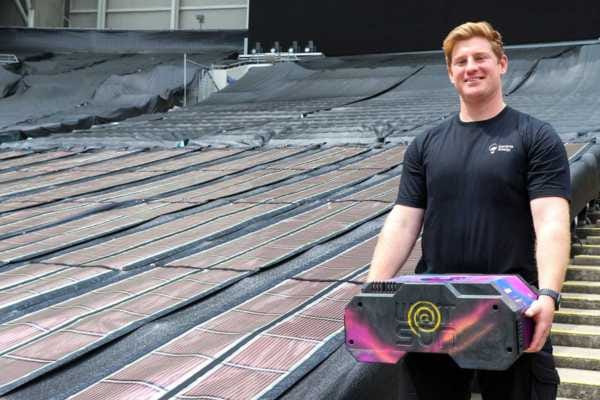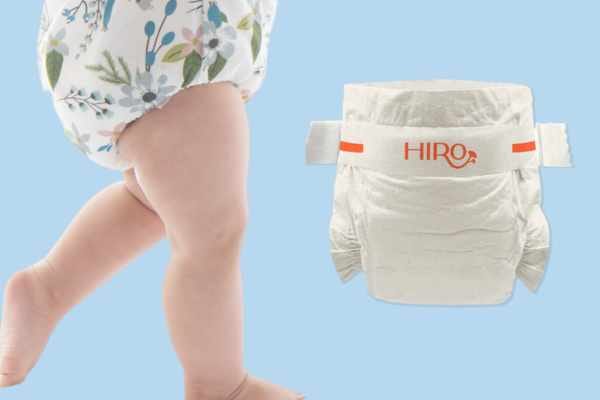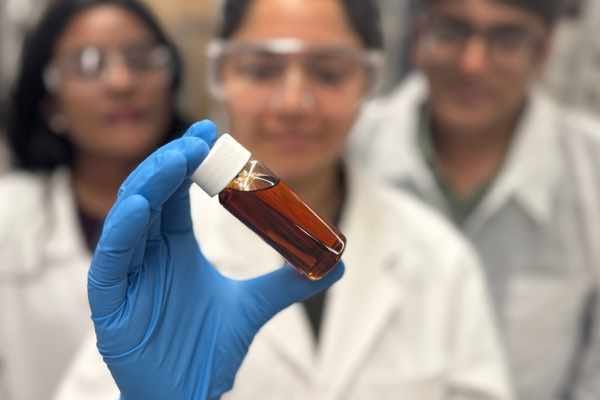Coldplay takes Aussie solar on tour
These lightweight printed solar panels will help to power live concerts around the world.

Coldplay's Music of the Spheres world tour is shining a spotlight on Australian innovation, using pioneering printed solar tech to slash its footprint.
Developed by the University of Newcastle’s Centre for Organic Electronics in collaboration with Kardinia Energy, the lightweight, flexible, and fully recyclable solar panels are breaking new ground.
Known as Printed Solar, the technology boasts a minimal environmental impact and is quick to scale, with applications ranging from industrial use to portable energy generation and emergency power.
Now, it’s helping Coldplay achieve their ambitious goal of halving emissions from their current tour. The band says the first two years of the tour have cut direct carbon dioxide equivalent (CO2e) emissions by 59% compared with their 2016-17 tour.
Printed solar panels covering 500 square metres – about twice the size of a tennis court – are strategically installed backstage, behind seats, and at other locations across venues. These panels charge battery packs powering the band’s smaller "C Stage" and other equipment, reducing reliance on conventional energy sources.
"Right now, we are helping to support one of the world's largest rock bands to run their shows. But there are many applications where this can have a genuine impact on global energy generation."
University of Newcastle researcher Dr Michael Dickinson highlighted the challenges of adapting the technology for live events: “We had to figure out how to mount our solar cells to seats, which was a first for us. Using the mesh as a fixing point allowed us to anchor the panels in long strips, directing them towards the sun.” He described seeing Printed Solar in action at a Coldplay concert as “once-in-a-lifetime.”
Dr Ben Vaughan, Hub Manager for the Australian National Fabrication Facility at the University of Newcastle, said the technology’s potential went beyond stadium tours. “Right now, we are helping to support one of the world's largest rock bands to run their shows. But there are many applications where this can have a genuine impact on global energy generation.”
The band is adding to its renewable energy efforts with crowd-powered initiatives including kinetic dance floors and power bikes for fans to charge show batteries. Coldplay is also planting a tree for every ticket sold.
“As a band, and as an industry, we’re a long way from where we need to be on this,” Coldplay says. “But we’re grateful for everyone’s help so far, and we salute everyone who’s making efforts to push things in the right direction.”
Printed Solar is a recyclable solar material made from organic photovoltaics (OPVs) that convert sunlight into energy. Lightweight and flexible, it’s produced via roll-to-roll printing. The University of Newcastle has been manufacturing printed solar since 2012 and in 2020, Kardinia Energy teamed up with the University to commercialise the technology. Meanwhile, the CSIRO is also advancing the field with a $6.8 million Melbourne printed solar facility and is also exploring other printable tech including batteries and hydrogen energy offerings.





